Category: Music and Poetry
-
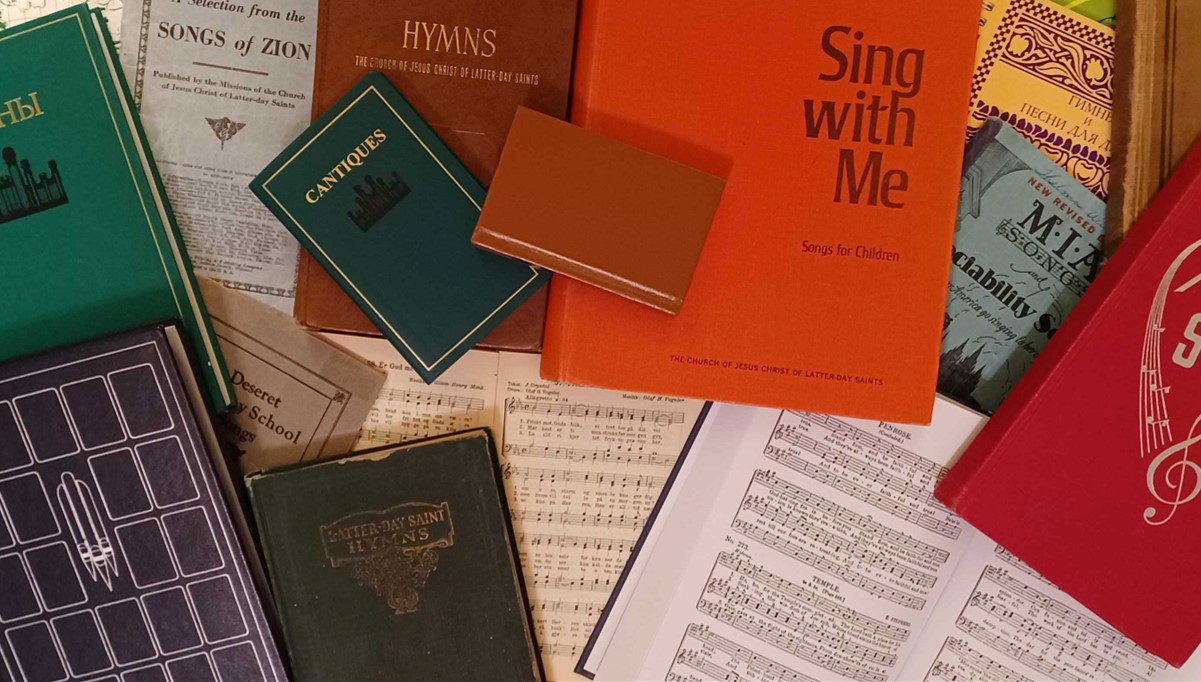
Hymnal Watch: June 2025
It’s been a while since I put out an update on “Hymns—for Home and Church”: The New Latter-day Saint Hymnbook, and I have some mixed feelings on the latest updates.
-
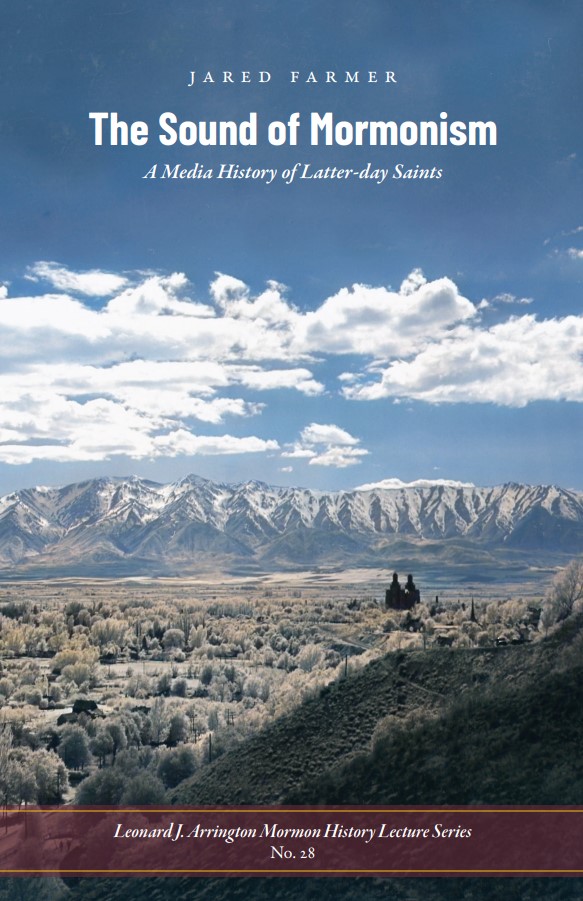
The Sound of Mormonism: A Media History of Latter-Day Saints: A Review
A few years back, Jared Farmer gave an interesting lecture in Logan, Utah for the annual Arrington Mormon History Lecture series called “Music & the Unspoken Truth,” which focused on the relationship between sound, religion and place, with a particular focus on Music & the Spoken Word. Since then, he has expanded the text of…
-
CFM 4/21-4/27: Poetry for “If Ye Are Not One Ye Are Not Mine”
I feel like I could just repeat the introduction I made three weeks ago, to the lesson for the week ending April 6th, which also spoke about the gathering. However, this week’s lesson is a little different, since it focuses on why we are gathered instead of simply that there is a commandment to gather.…
-

CFM 3/31-4/6: Poetry for “Jesus Christ Will Gather His People”
The concept of gathering maybe one of the most-changed concepts in LDS belief. In D&C 29 the call to be “gathered in unto one place upon the face of this land” clearly refers to a physical gathering, where members of the church lived near each other. Later the number of places of gathering increased, and…
-
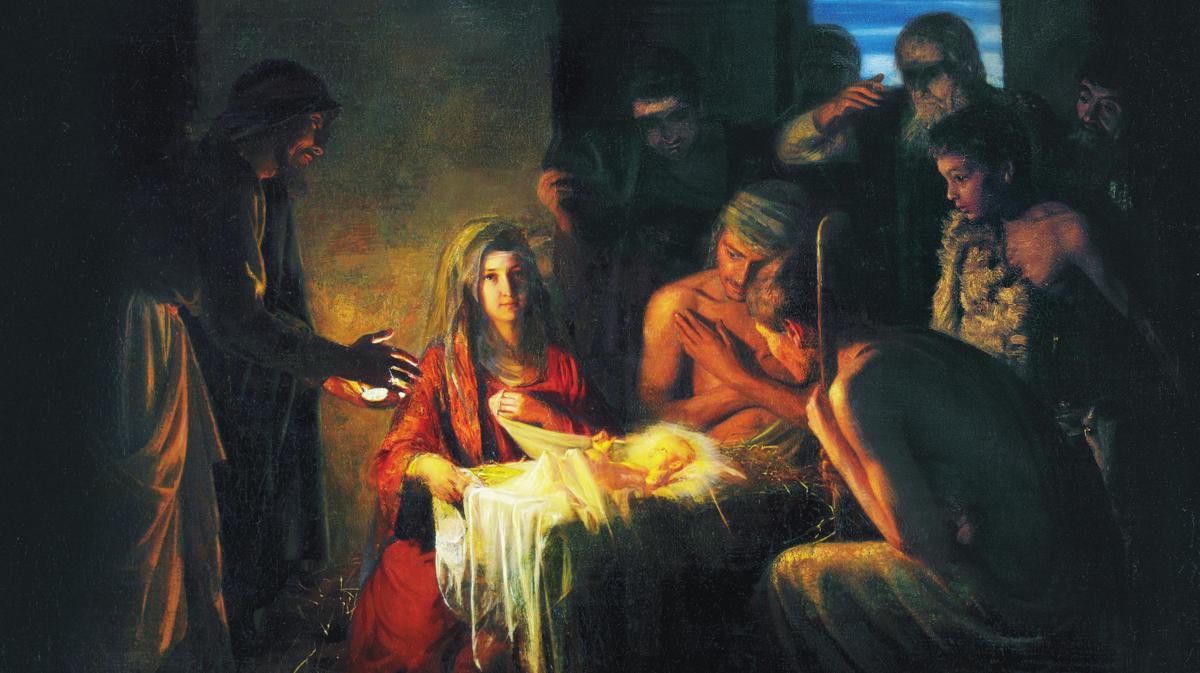
A Sample Christmas Program
As a musician in the Church, I’ve organized several Christmas programs for sacrament meetings over the years. The format that I’ve come to prefer is to have two narrators, one sharing Christmas and Advent themed thoughts, then another reading related scriptures to tell the story of Christmas. After each narrator shares a thought, a music…
-
Thoughts on the Second Wave of New Hymns
The Church recently released a new batch of hymns for the new Latter-day Saint hymnbook. I feel like some of my predictions are paying off with the new round of hymns. Back in 2018, I called it that “This is the Christ,” “Come, Lord Jesus, Come,” and “Amazing Grace,” would likely be added. (I could…
-
Thoughts on the First Batch of New Hymns
I have wanted to share my thoughts on the first batch of hymns and songs released by the Church as candidates for the New Latter-day Saint Hymnbook (and I would love to hear your thoughts as well).
-
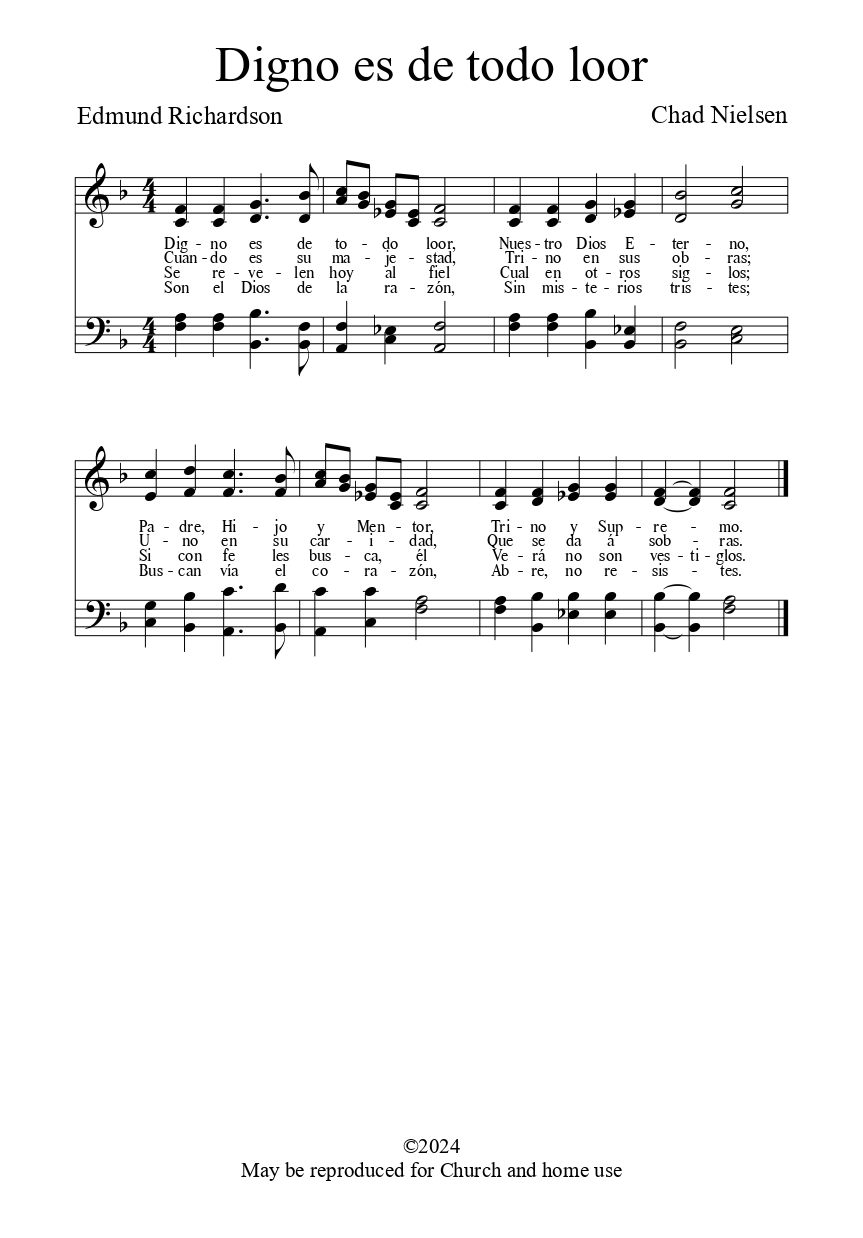
“Digno es de todo loor”
“Digno es de todo loor” by Edmund Richardson is another effort by Richardson to address the Latter-day Saint understanding of the Godhead in a hymn (the other example being Doxologías).
-
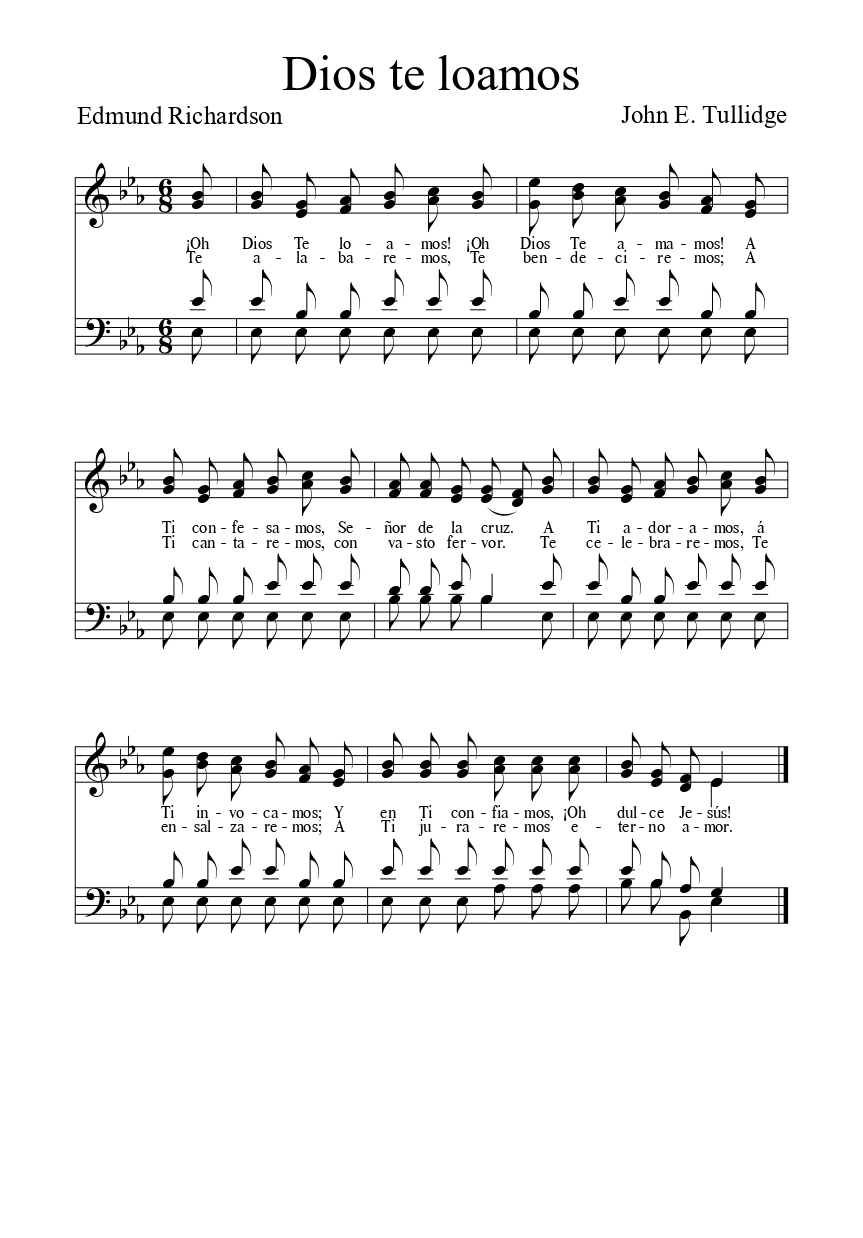
“Dios Te Loamos”
“Dios Te Loamos” by Edmund Richardson was one of the shorter original hymns included in the Mexican Mission hymnals. That being said, I am fond of this text.
-
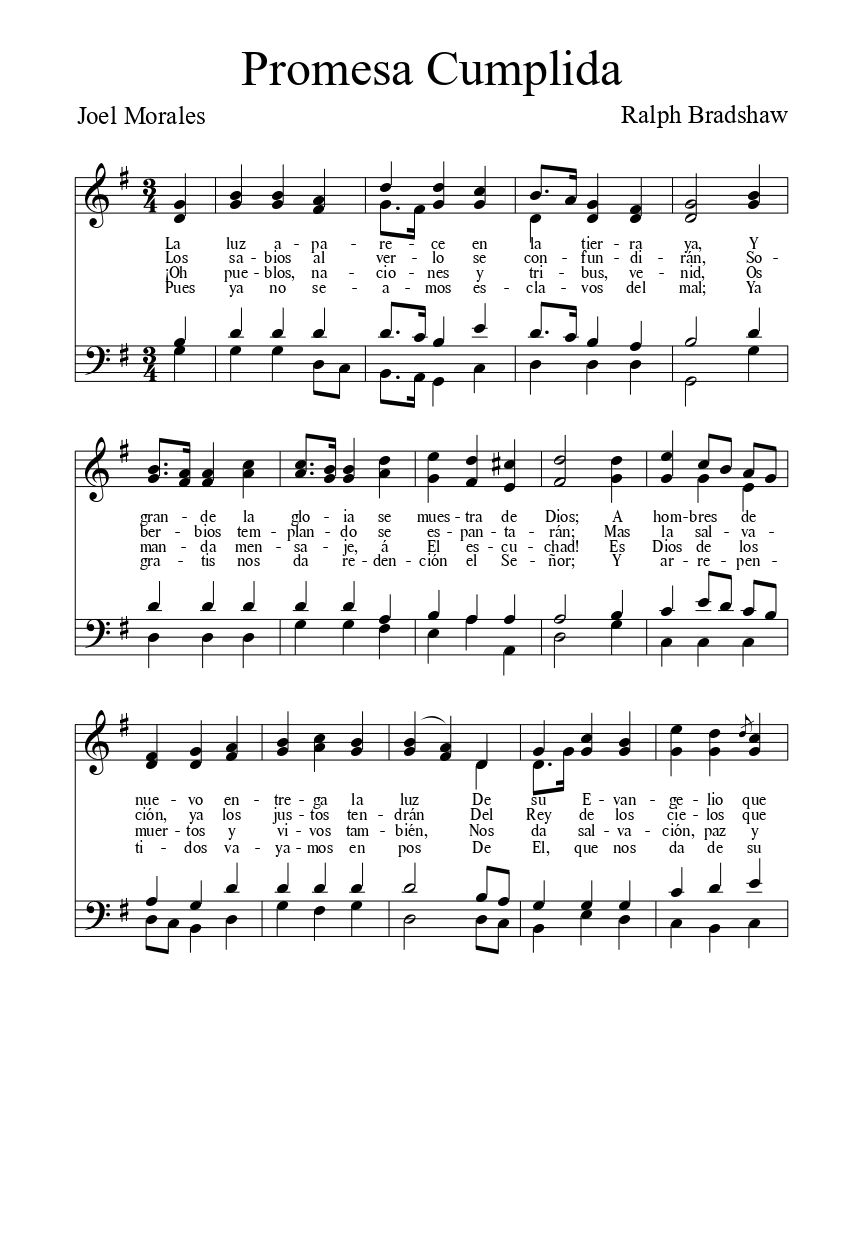
“Promesa cumplida”
“Promesa cumplida” by Joel Morales is a fantastic example of hymns about the Great Apostasy and the Restoration of the Gospel of Jesus Christ in Mexican Latter-day Saint literature.
-
“El Tiempo Ha Llegado” and “Te glorificamos, oh Dios”
There were two hymn texts in the Mexican Mission hymnals that I wasn’t really sure what to do with: “El Tiempo Ha Llegado” and “Te glorificamos, oh Dios.”
-
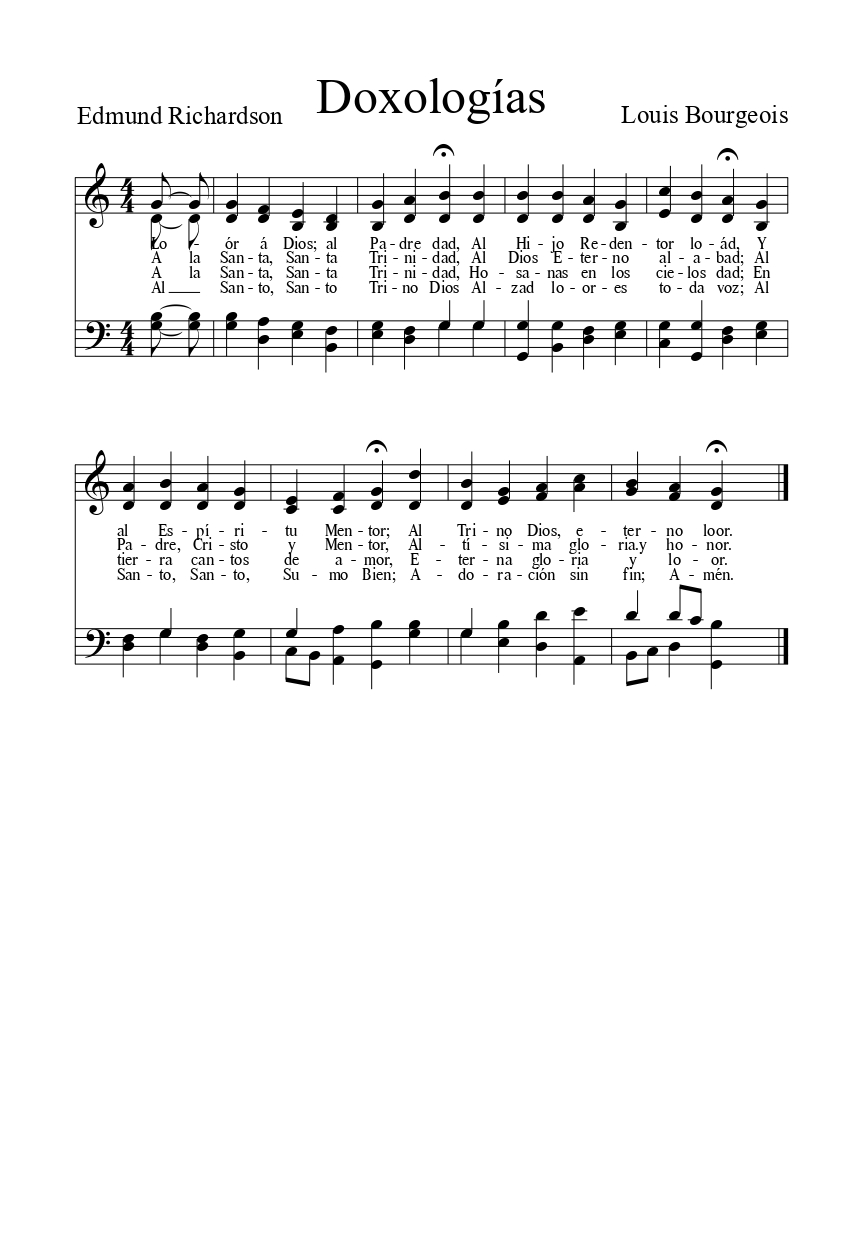
Doxologías
Doxologías is an expanded text based on “Praise God from Whom All Blessings Flow”, but it was eventually phased out in favor of the latter by the time that the 1942 hymnal was published.
-
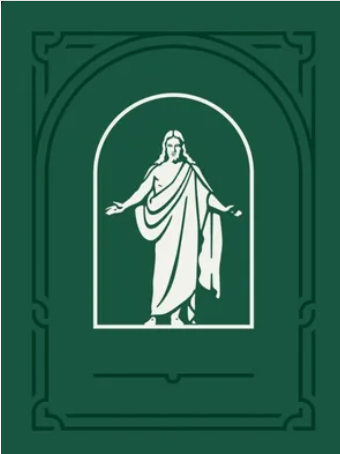
One Day More
Hymns—for Home and Church will be getting its first preview tomorrow! Back at the start of April, the Church announced that “12 hymns of the new ‘Hymns—for Home and Church’ will be available on May 30, 2024.” We already know that “Come, Thou Fount of Every Blessing” will be among those (that was explicitly stated…
-
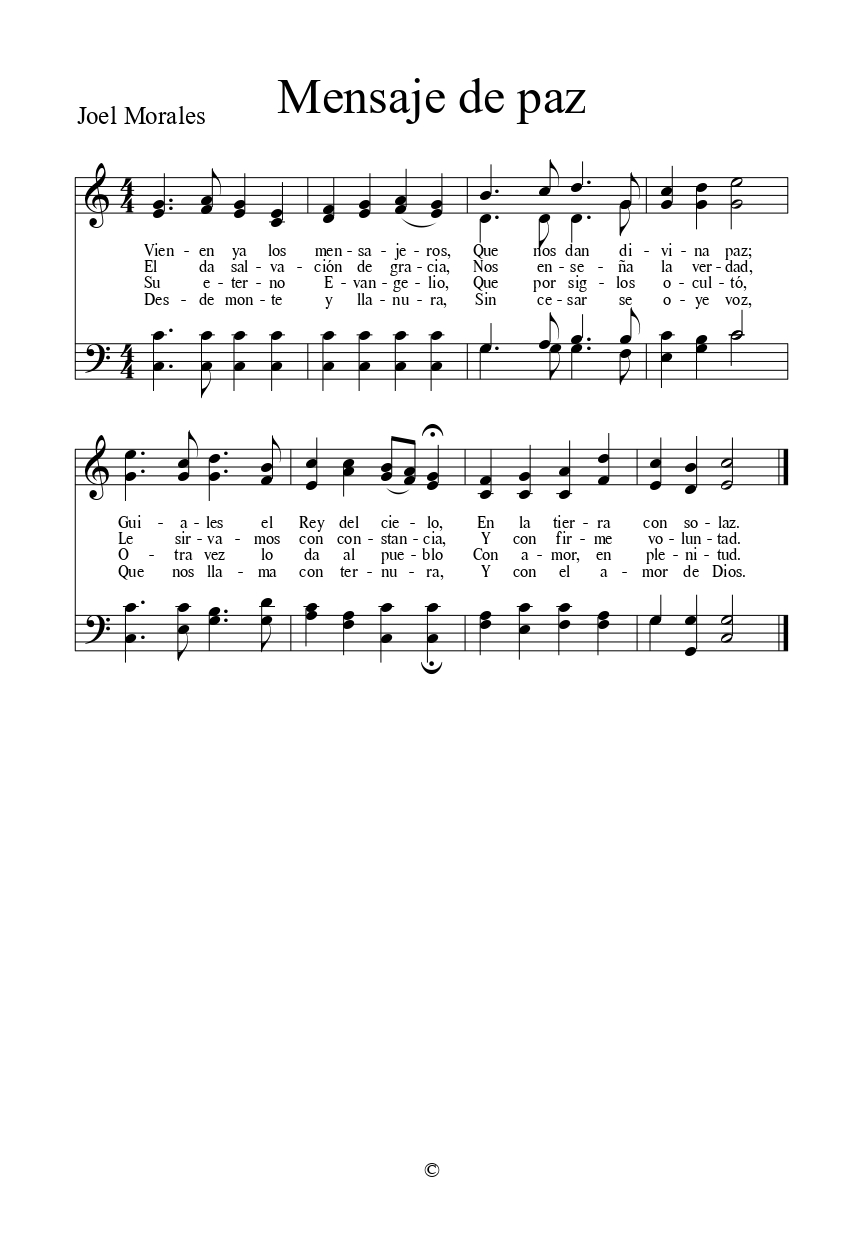
“Mensaje de paz”
“Mensaje de paz” by Joel Morales is notable as being the song that was sung when Elder Melvin J. Ballard and then-ambassador J. Reuben Clark, Jr. visited with the Latter-day Saints in Mexico in 1932. Morales is also the author of “La Proclamación” and “Final.”
-
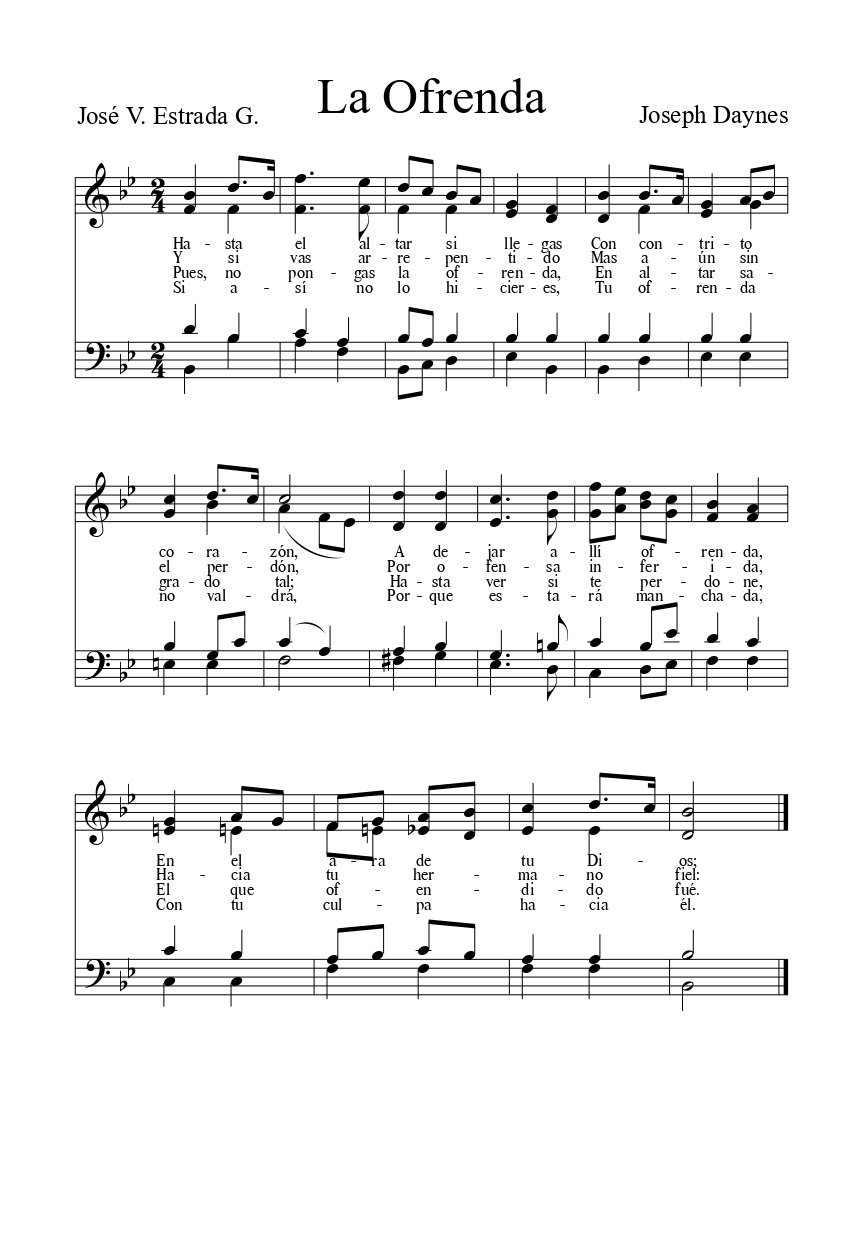
“La Ofrenda”
“La Ofrenda” is a sacrament hymn written by José V. Estrada G. It is possible that it was based on “Venid Hermanos En La Fe” by Edmund Richardson or drew inspiration from similar places. It is one of the hymns that was only published in the 1912 edition of the Mexican mission hymnals.
-
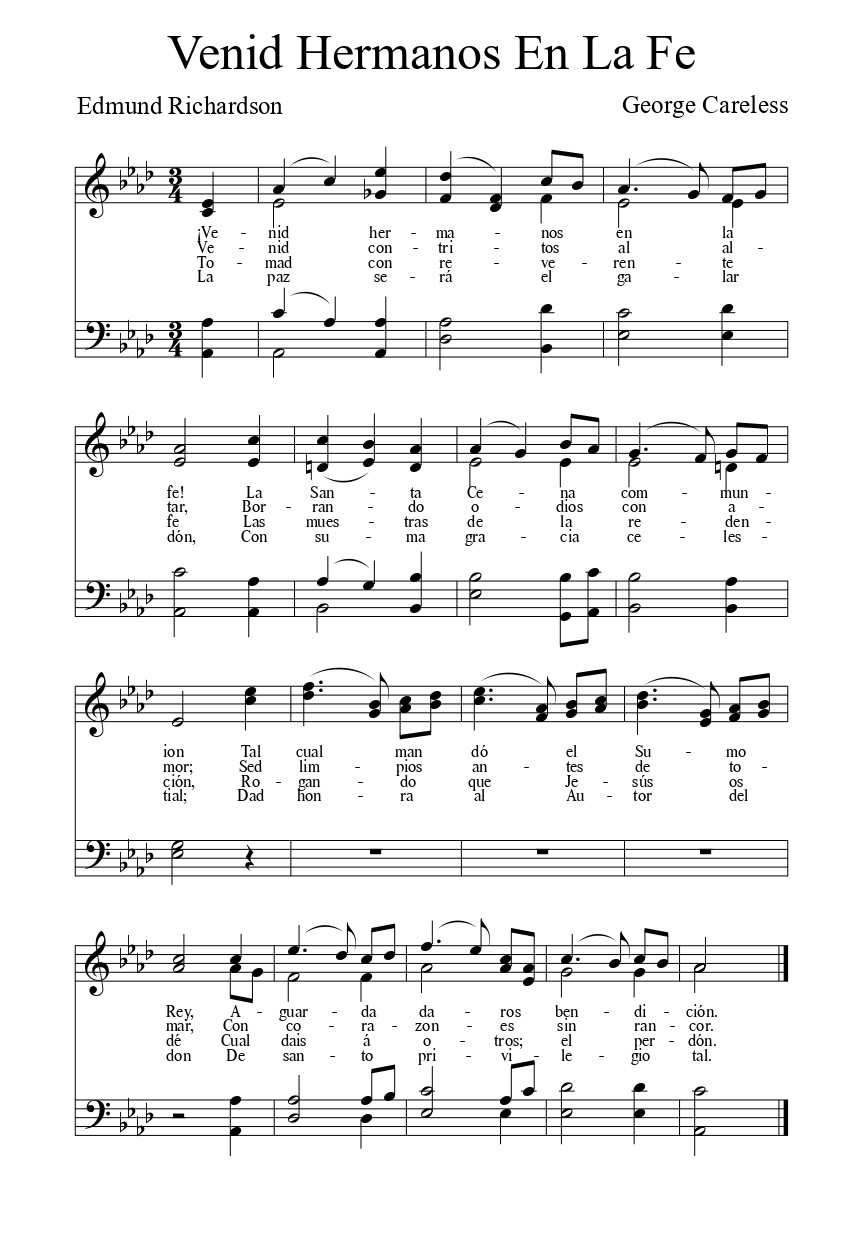
“Venid Hermanos En La Fe”
“Venid Hermanos En La Fe” is another example of the prolific hymn writer Edmund Richardson. It bears some notable resemblances to “La Ofrenda,” another sacrament hymn written by José V. Estrada G., though the Richardson text was written first.
-
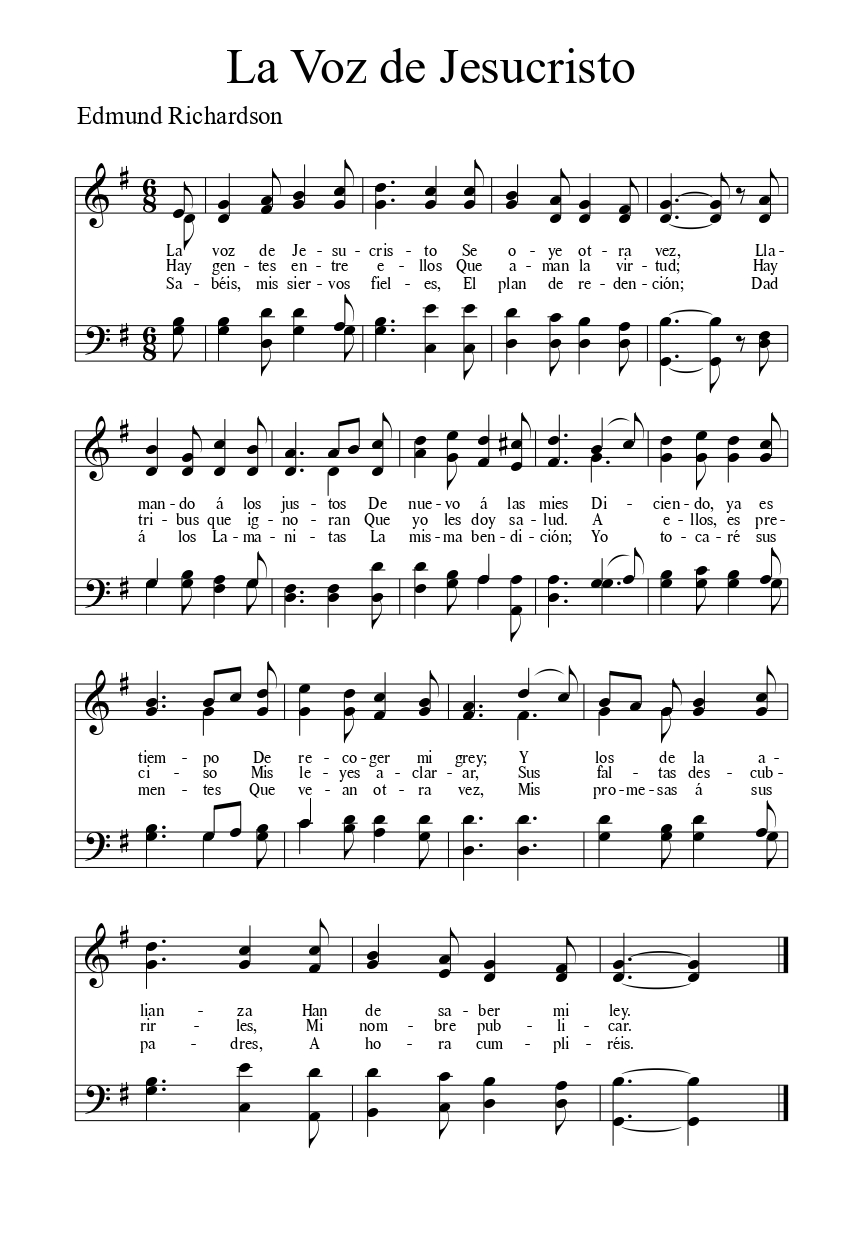
“La Voz de Jesucristo”
As mentioned previously, Edmund Richardson seems to have had a particular interest in linking indigenous Mexican peoples to the Book of Mormon narrative and “La Voz de Jesucristo” is the third example of this. For some relevant historical analysis, see the following posts:
-
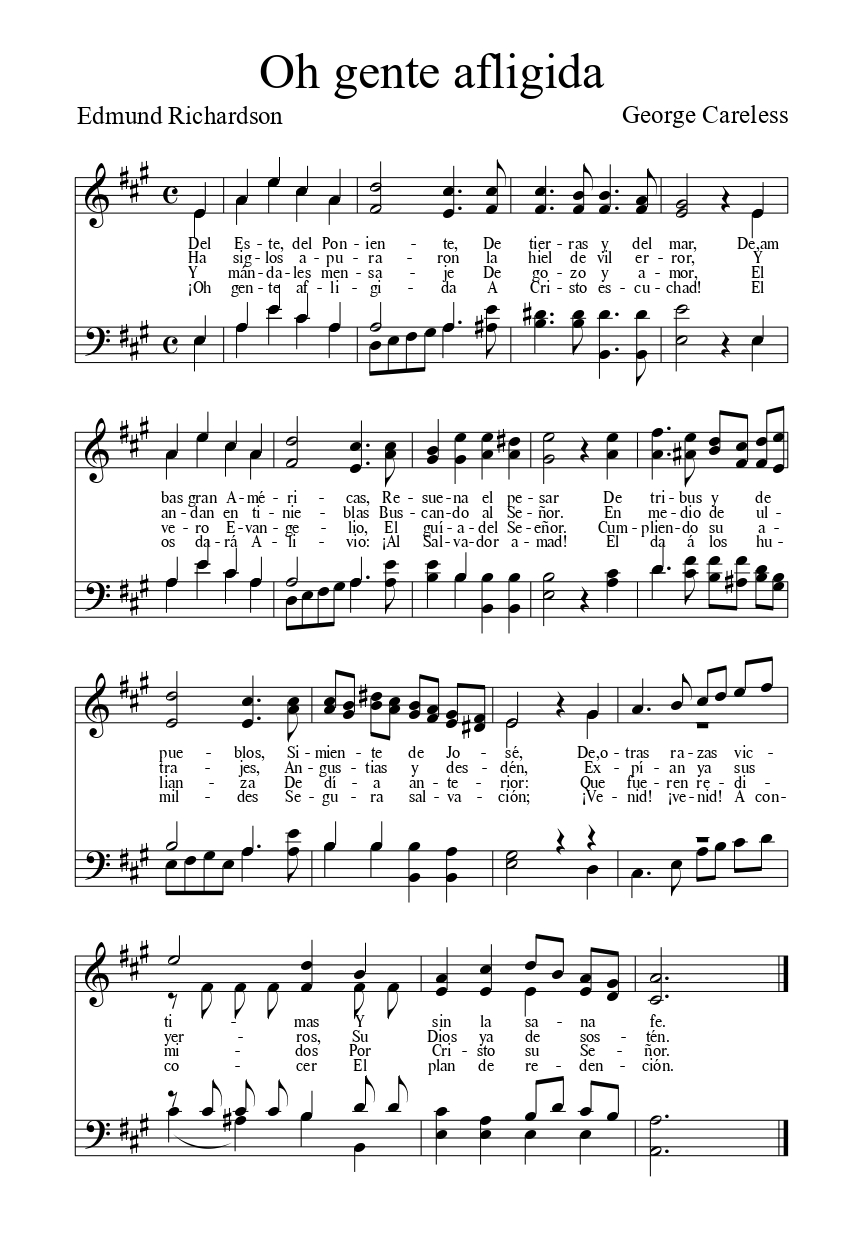
¡Oh gente afligida!
Edmund Richardson seems to have had a particular interest in linking indigenous Mexican peoples to the Book of Mormon narrative. In many ways, however, his approach was a colonizing narrative in which the indigenous peoples were ignorant, benighted peoples in need of civilizing through the efforts of Euro-American Latter-day Saints. “¡Oh gente afligida!” is just one…
-
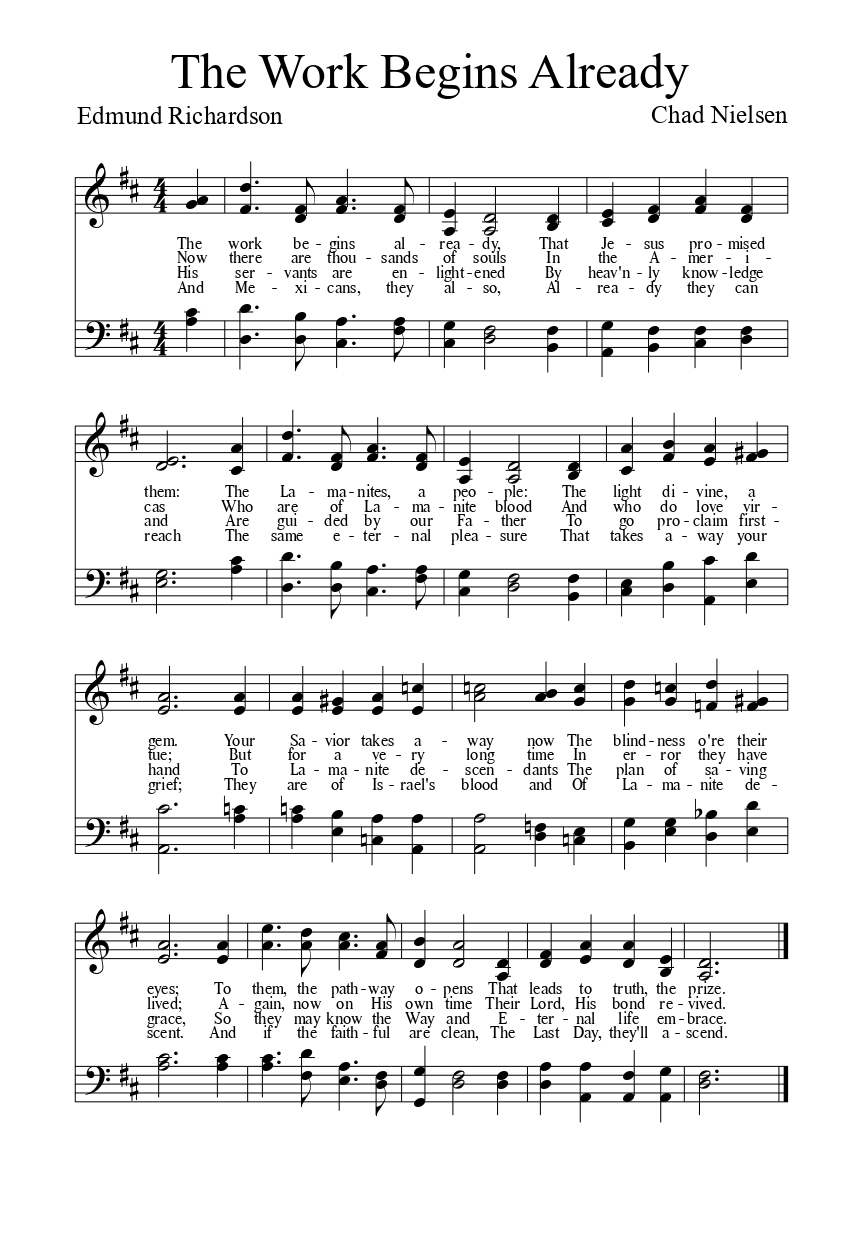
“La Obra Ya Empieza”
“La Obra Ya Empieza” was one of the original hymns included in the 1907 Himnario Mormón (the first Spanish-language hymnbook in the Church). Written by the prolific hymn-writing colonist Edmund Richardson, it was originally a text with no tune specified for singing. In the 1940s red hymnbook, it appeared with an unidentified tune for the…
-
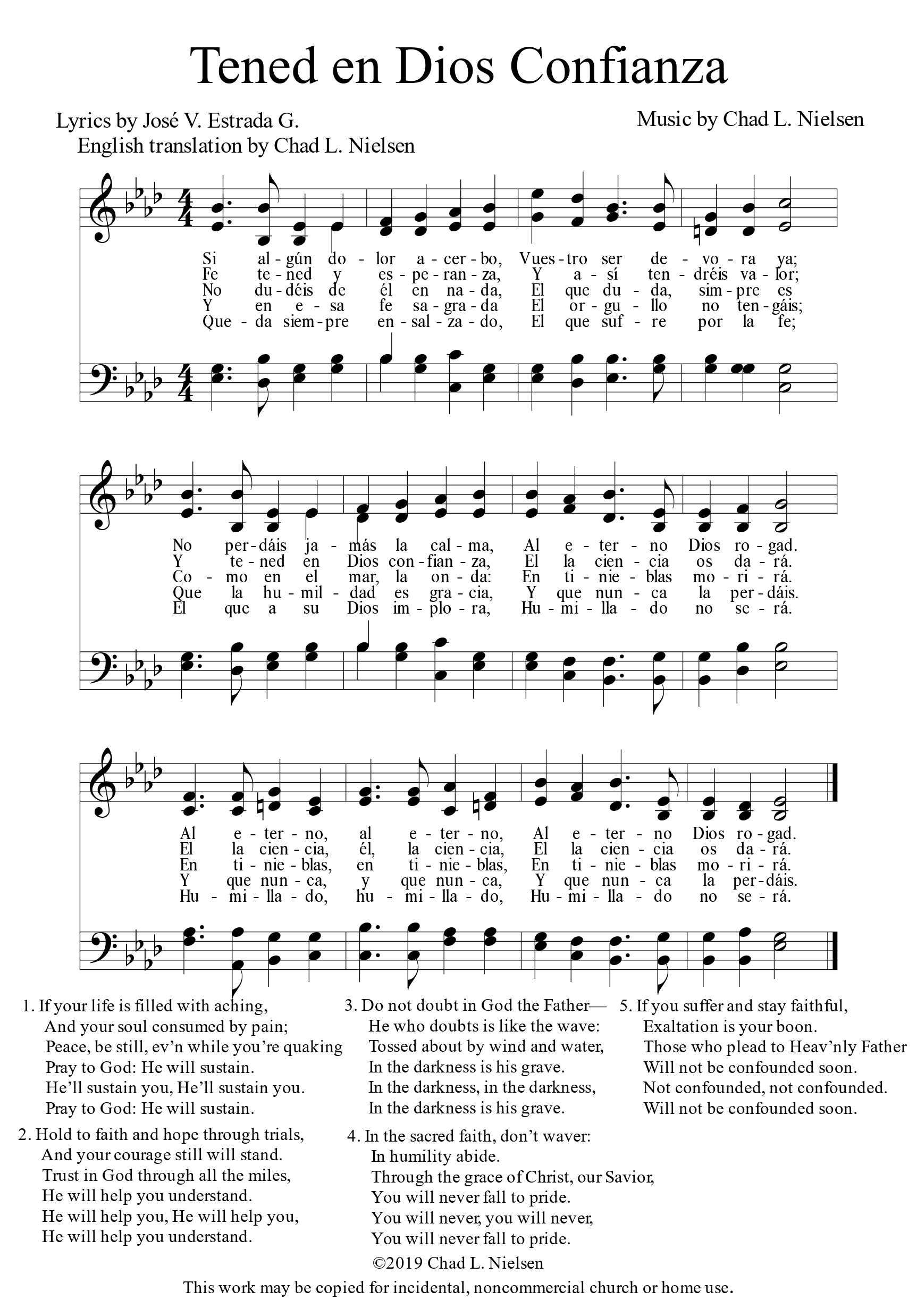
“Tened en Dios Confianza”
I have not been able to find out much about “Tened en dios confianza,” nor about its author, José V. Estrada G. On a more personal note, however, this was the first hymn that I worked with when I started contemplating the Mexican Mission Hymns Project around six years ago. The original music for the…
-
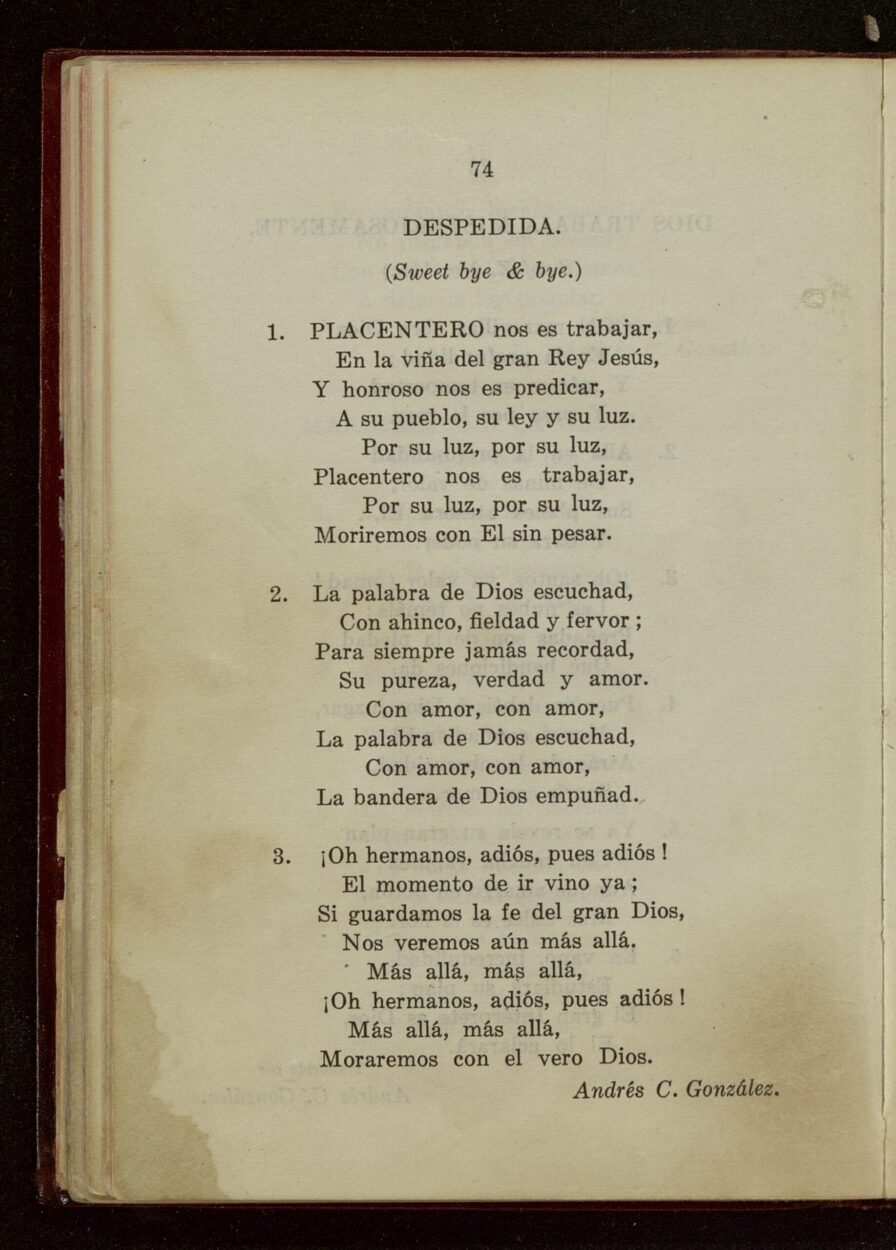
“Placentero nos es trabajar”
“Placentero nos es trabajar” or “Despedida” is one of the more popular hymns that is included in Latter-day Saint hymn books, written by a Latter-day Saint, but not in the English hymnal at this time. Hence, I’ve been consistent in pointing it out as a likely candidate for inclusion in the forthcoming hymnal. While I’ve…
-

Hymnal Watch: February 2024
A YouTube channel called “For All the Saints” recently interviewed Ray Robinson—a member of the team that is creating the new hymnbook. There were several notable observations made by Robinson that I want to highlight:
-

Counterpoint: Receiving Change with Grace and Gratitude
I only truly disagree with Jonathan on one point from his recent post about the new hymnal, and it’s probably not the part you would expect.
-

Hymnbook Watch: January 2024
We’re getting closer to the new hymnbook/songbook being released. I talked about some updates last August, but there has been some other information that has come out since then.
-
Advent Songs in the Latter-day Saint Tradition
When I played handbells as part of the music ministry of a local Presbyterian church, I was surprised to learn that in the traditional liturgical calendar, most of December isn’t Christmas time. Instead, it is a season called Advent that looks forward to Christmas time. Christmas itself begins on Christmas Eve and lasts through January…
-
Book Recommendation: Satan is Real
The Country Music history podcast Cocaine and Rhinestones called this book “everything a Country Artist’s autobiography should be.” Even if you aren’t into this particular genre (I was not and have no plans to read any anytime soon), this is a worthwhile read. And despite the (content warning) constant cussing (including many “f-bombs”), I even felt…
-
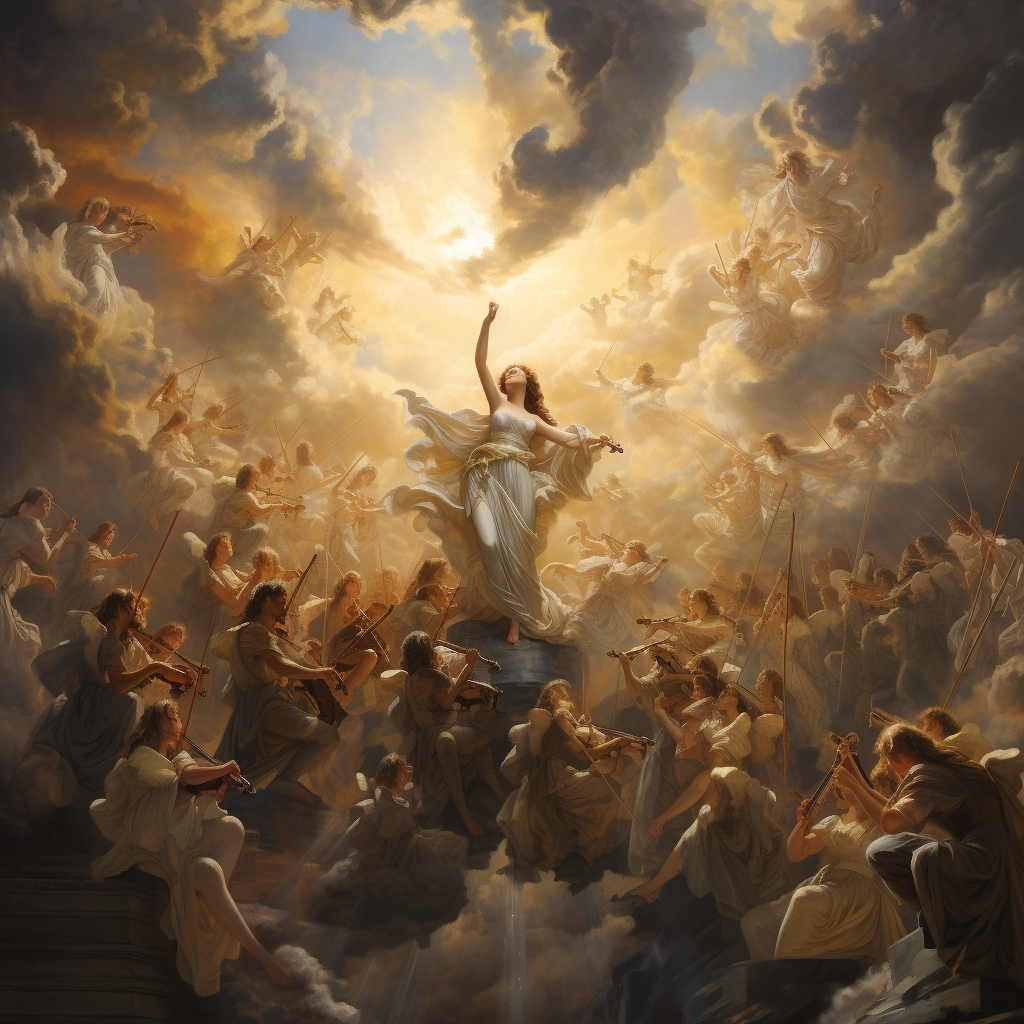
Top Gospel-Related Songs and Some Top Renditions
Orchestra of Angels I’m not a musical person. I was started on the classical guitar quite early and became decently proficient at it by the time I was in Jr. High, but I just didn’t have the fire to practice for hours like many in the music world have. I enjoy a good tune, but…
-

Hymnal Watch: August 2023
It’s been a bit since we last had an update on the new hymnbook and children’s songbook, but it sounds like we’re getting close to an announcement of the project coming to full fruition.
-
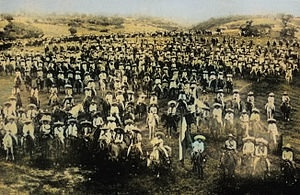
Mormonism in Mexico, Part 15: War
The Mexican Revolution impacted every Mexican, and that included the Mexican Latter-day Saints, some of whom did their best to stay out of the conflict, some of whom became casualties of war, and some of whom joined in the revolution.
-
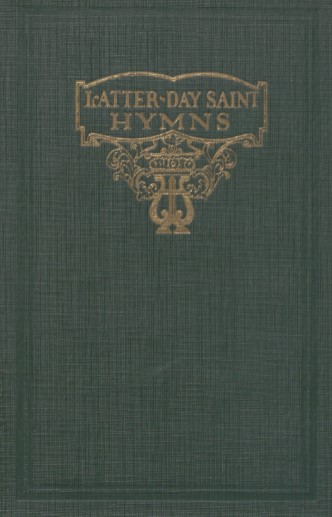
The 1927 Latter-day Saint Hymns
At the start of each year, there is a whole collection of publications that enter the public domain. This year is a relatively big year for people interested in Latter-day Saint song books, since the 1927 Latter-day Saint Hymns, along with a few other song books (the 1927 edition of the Primary Song Book and…
